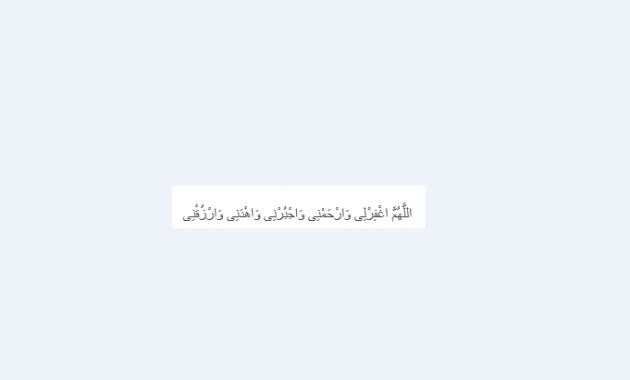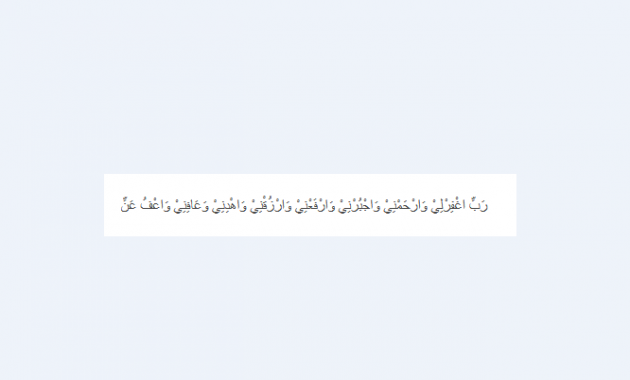Sitting Between Two Prostrations Meaning, And Complete Prayers
-This time we will discuss the material about Sitting Between Two Prostrations which includes Understanding, And the Prayers are Complete

The following is a sitting reading between two complete prostrations, Arabic language, Latin and translated into Indonesian.
Prostration is one of the pillars of prayer that is performed twice in each rak'ah of prayer. Likewise between them (bow down) Sitting is a pillar of prayer. Therefore, prostration and sitting between two prostrations should not be left out in prayer, because this is the pillar of prayer.
The meaning of sitting between two prostrations
Sitting between two prostrations is a movement in prayer and is also referred to as sitting iftirasy. This movement is performed in each rak'ah between two prostrations. Just like other prayer movements, sitting in iftirasy has its own recitation.
The procedure of sitting between two prostrations, that is, getting up from prostration while reciting takbir and then sitting down. The sitting position is by sitting on the left foot and placing the right foot upright by concentrating on the tip of the right toe.
Narrated in Hadith Bukhari and Baihaqi, which means, “When you prostrate, prostrate by placing all the limbs prostrate, and when you get up to sit down, Sit with your left foot.
other than that, the position of the back when sitting between the two prostrations must be completely upright and should not bend or lean. Rasullah Saw reminded that when someone whose prayer movement is wrong, it is mentioned in a hadith by Nasai and Abu Daud.
Hadith has a meaning that reads, "He had to bow down until the bones took their position. Then he recites Allahu Akbar or Takbir and raises his head until it is perfectly straight.”
Not only the position of the feet and back but also the position of the toes sitting between the two prostrations is regulated and explained in the hadith narrated by Nasai which is narrated and authenticated by Al Albani.. The hadith is meaningful, “Including the Sunnah in the prayer of the right foot is upheld, point your finger at the Qibla and sit on your left foot.”
Prayer sits between two prostrations
Sitting between two prostrations also has another privilege. If most of the prayer movements are accompanied by recitation of dhikr, sitting between two prostrations will be a little different. Every time we sit down, there is a prayer that we recite together by sitting between two prostrations.
This means that Muslims always pray as much 17 times a day because the prayer sits between the two prostrations recited in each obligatory prayer. In addition to Sunnah prayers, Muslims have prayed more than 17 times a day. Subhan Allah! The incredible opportunity God has given us.
There are two versions of the sitting iftirasy prayer, The following is a sitting prayer between two prostrations that can be used when sitting iftirasy :
The first prayer
The first version is quite short but rarely used. This one prayer may not be very familiar. Here is a reading of the prayer :
“Rabbighfirlii, Rabbighfirlii.”
That means : "Oh my lord, Forgive me, my lord, Forgive me.”
The second prayer
Most of those who use this second version of the prayer are Muhammadiyah residents.

“Allahummaghfirlii warhamnii wajburnii wahdinii warzuqnii”
That means : “Ya Allah, forgive my sins, love me, cover all my flaws, give me guidance and give me sustenance.”
The third prayer
The third prayer of this iftirasy prayer is the last and longest. This version is similar to the second version, except the second that the imam AL Ghazali added the word at the end.

"The Lord of the Worlds, the Lord of the Worlds, the Lord of the Worlds, the Lord of the Worlds."”
That means : "My God, forgive me, have mercy on me and make up for my shortcomings, Raise my rank, give me sustenance, give me a clue, also give me health and forgive me for my sins.”
The sitting movement between two prostrations begins with a request for forgiveness and ends with a request for forgiveness for sins as well. Therefore, we hope to always be clean from sins in prayer and afterward.
The difference in the reading of the prayer between the two prostrations creates a lot of debate. Fortunately, the debate did not end in disunity because the Messenger of Allah (saw) never prohibited any of the above prayers.
Other Articles :
way of prayer-dhuha
congregational prayer
The post Sitting Between Two Prostrations of Understanding, And Complete Prayers appeared first on this page.